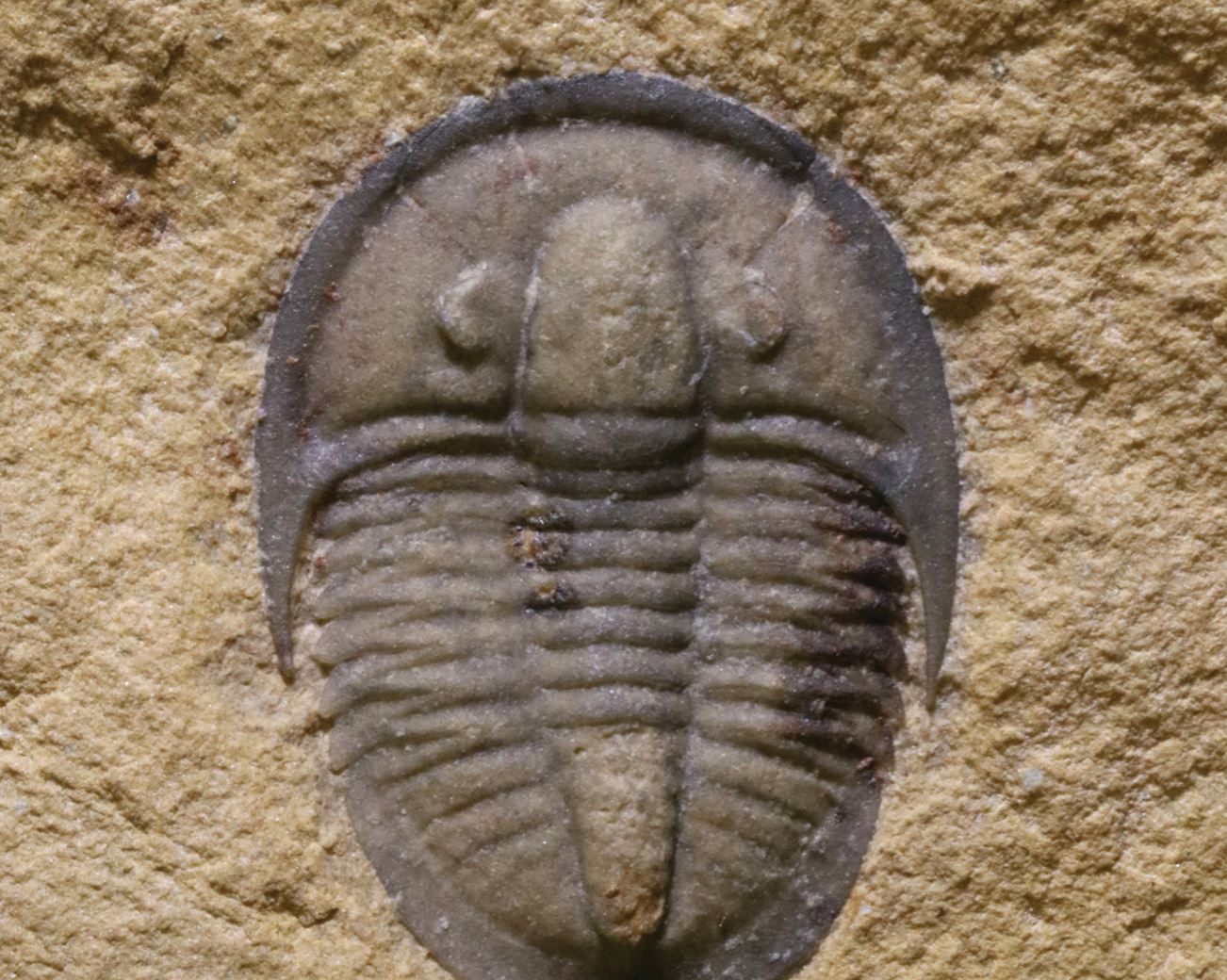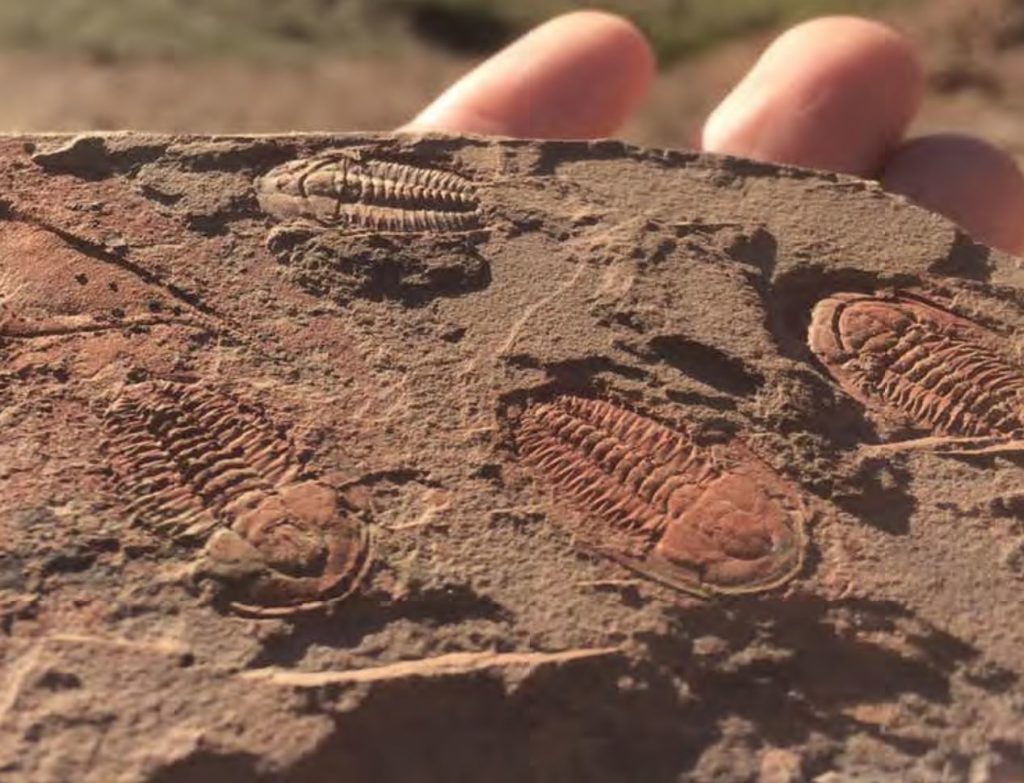
Animal life’s evolutionary ‘Big Bang’ ended much sooner than previously thought, a new study has found.
An international team of scientists led by Professor John Paterson at University of New England in Australia, says the Cambrian explosion of life was over surprisingly quickly – possibly in the brief span of 20 million years.
The Cambrian ‘Explosion’ is one of the most important evolutionary events in the history of life and is connected to the ‘sudden’ appearance of numerous and diverse animals.
The fossil record shows that near the start of the Cambrian Period (up to 541 million years ago), a huge burst of evolution commenced, generating all the modern animal groups (phyla) we see today, from worms to insects to humans.
Scientists have long assumed that this Big Bang of evolution extended for some time, at least across much of the Cambrian Period, which lasted 56 million years.
To address this issue, the team studied one of the most diverse and abundant fossil groups of this time period, the trilobites – an extinct group of marine arthropods distantly related to crustaceans, insects, spiders and kin.
Using features preserved in the trilobites’ fossilised skeletons and their geological ages, the team reconstructed a highly detailed evolutionary tree from which rates of evolution could be calculated.
Lead author Professor Paterson says the new research indicates the Cambrian Explosion was “shorter and sharper than we imagined”.
“Our results show that animal evolution’s Big Bang was over a lot earlier than expected: 521 million years ago, within 20 million years after the beginning of the Cambrian,” says Professor Paterson.
Co-author Professor Michael Lee, a Matthew Flinders Fellow at Flinders University and South Australian Museum, says it now looks as though “modern animal groups evolved, diversified and completely re-engineered our planet in a much shorter time frame than previously thought.”

The earliest Cambrian fossil record is patchy, dominated by burrows and trackways rather than shells and skeletons, and things only start to improve from about 521 million years ago, when fossil sites such as the famous Burgess Shale in Canada start to appear.
“Our results give a new framework for palaeontologists trying to understand the earliest history of animal life on Earth”, says the other co-author Dr Greg Edgecombe, from the Natural History Museum in London.
“The Cambrian Explosion is already over by the time the ‘normal’ shelly fossil record kicks in,” says Dr Edgecombe.
More than 100 anatomical traits of more than 100 species from the Cambrian Period were used to estimate the animals’ evolutionary rates. Multiple statistical models revealed uniform evolutionary rates throughout the entire time interval.
The findings suggest that evolution can fill even huge ecological vacuums extremely rapidly, the scientists say.
The paper, ‘Trilobite evolutionary rates constrain the duration of the Cambrian explosion,’ by John R. Paterson, Gregory D. Edgecombe, and Michael S. Y. Lee has been published in the prestigious Proceedings of the National Academy of Sciences.
Read more in The Conversation – ‘Life quickly finds a way: the surprisingly swift end to evolution’s big bang‘.

